The Artificial Hair Integration Market is currently characterized by a dynamic competitive landscape, driven by innovation, consumer demand for quality, and the increasing popularity of hair enhancement solutions. Key players such as Great Lengths (IT), Hairdreams (AT), and Sensationnel (US) are strategically positioning themselves through a combination of product diversification and technological advancements. Great Lengths (IT) has focused on premium quality extensions, emphasizing sustainable sourcing and ethical practices, which resonates with environmentally conscious consumers. Meanwhile, Hairdreams (AT) has carved a niche in the luxury segment, leveraging high-end materials and bespoke services to attract affluent clientele. Sensationnel (US), on the other hand, has adopted a more mass-market approach, utilizing digital marketing strategies to reach a broader audience, thereby shaping a competitive environment that balances luxury with accessibility.
In terms of business tactics, companies are increasingly localizing manufacturing to enhance supply chain efficiency and reduce lead times. This trend appears to be a response to the growing demand for rapid delivery and customization in the hair integration sector. The market structure is moderately fragmented, with several players vying for market share, yet the influence of major companies remains substantial. Their collective strategies not only drive innovation but also set benchmarks for quality and service standards across the industry.
In August 2025, Great Lengths (IT) announced a partnership with a leading sustainability organization to enhance its eco-friendly product line. This strategic move underscores the company's commitment to sustainability, potentially attracting a new segment of environmentally conscious consumers. By aligning with sustainability initiatives, Great Lengths (IT) not only strengthens its brand image but also positions itself favorably in a market increasingly driven by ethical considerations.
In September 2025, Hairdreams (AT) launched a new line of customizable hair extensions that utilize advanced technology for a seamless integration experience. This innovation is significant as it caters to the growing consumer preference for personalized beauty solutions. By investing in technology that enhances user experience, Hairdreams (AT) reinforces its position as a leader in the luxury segment, likely increasing customer loyalty and market share.
In October 2025, Sensationnel (US) expanded its distribution channels by entering into a strategic alliance with a major online retailer. This move is indicative of the ongoing trend towards digitalization in the beauty industry, allowing Sensationnel (US) to reach a wider audience and enhance its online presence. Such partnerships are crucial in today’s market, where e-commerce plays a pivotal role in consumer purchasing decisions.
As of October 2025, the competitive trends in the Artificial Hair Integration Market are increasingly defined by digitalization, sustainability, and the integration of artificial intelligence in product development. Strategic alliances are becoming a cornerstone of competitive strategy, enabling companies to leverage shared resources and expertise. Looking ahead, it is likely that competitive differentiation will evolve, shifting from traditional price-based competition to a focus on innovation, technological advancements, and supply chain reliability. This evolution suggests that companies that prioritize these aspects will be better positioned to thrive in an increasingly competitive landscape.



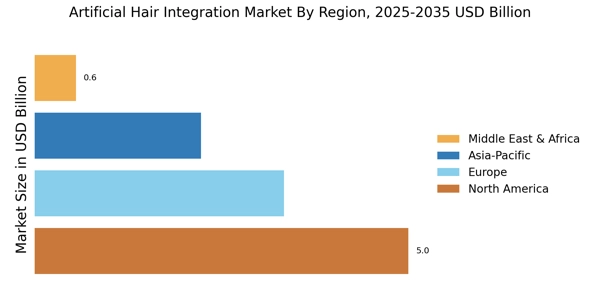

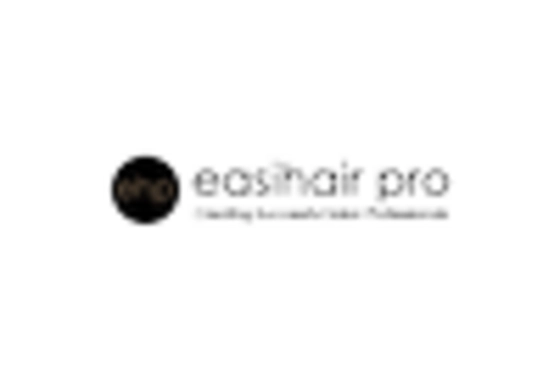
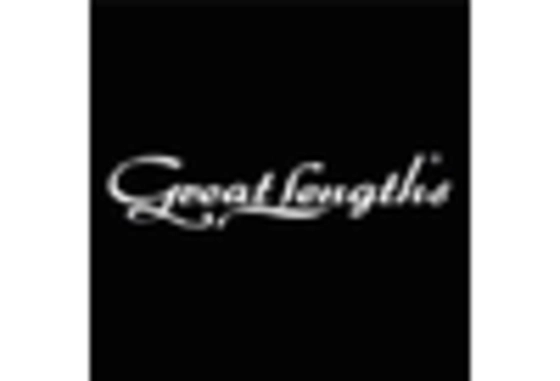
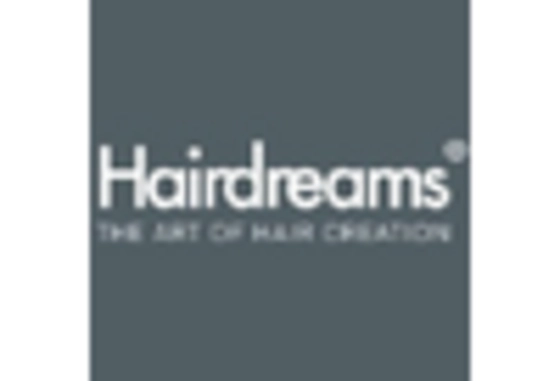
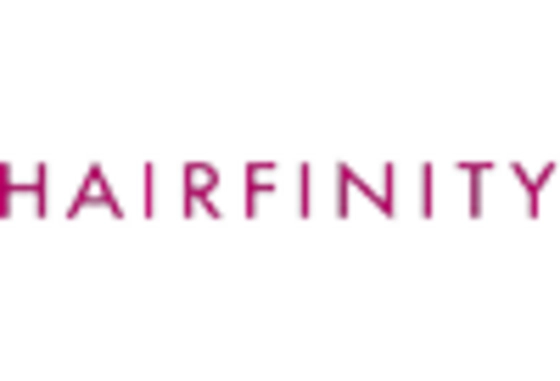









Leave a Comment